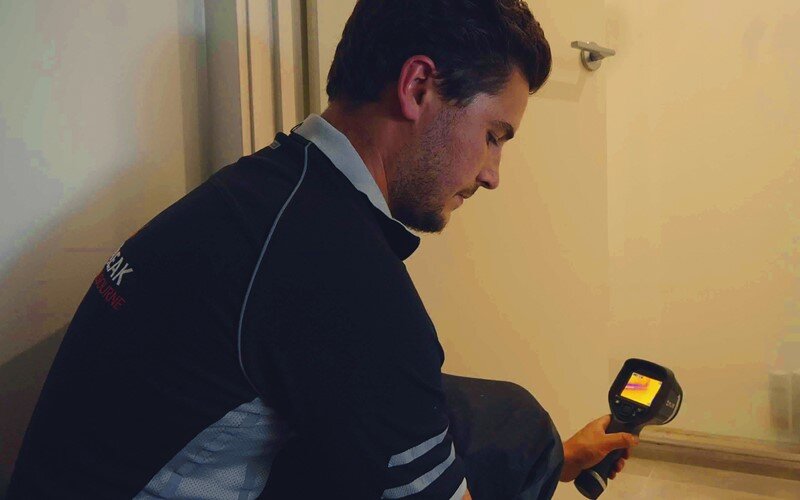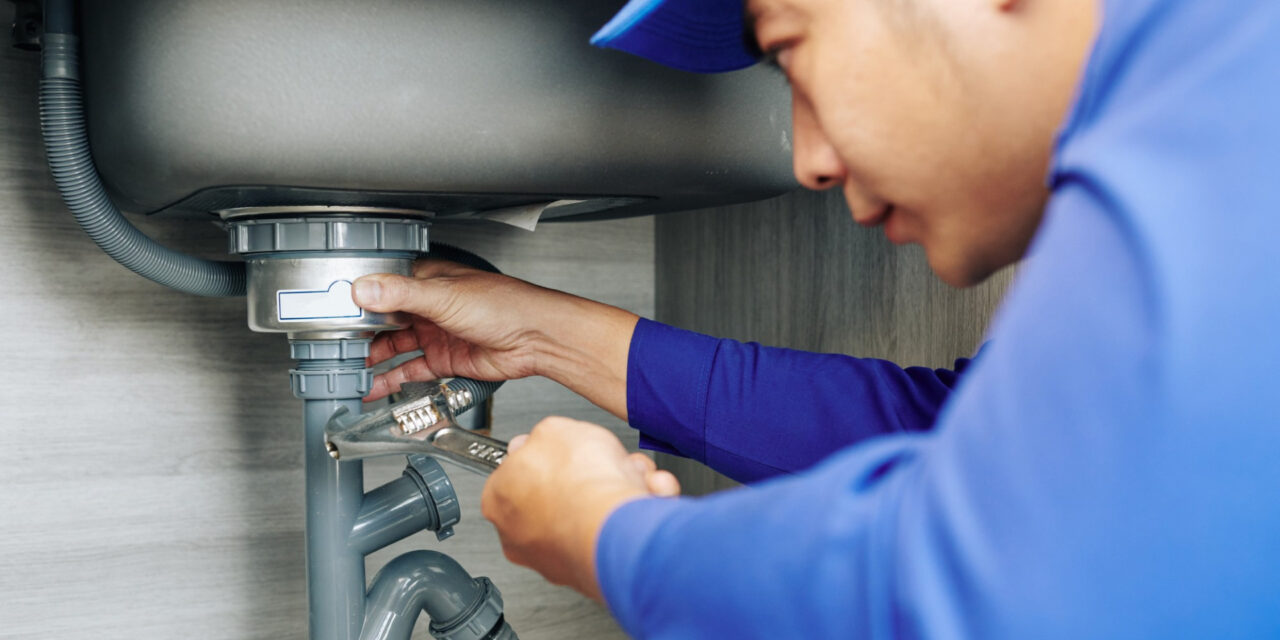6 Ways to Locate Concealed Water Leakages in Your Home
6 Ways to Locate Concealed Water Leakages in Your Home
Blog Article
They are making a number of great pointers related to Leaking water lines as a whole in this content following next.

Early detection of leaking water lines can reduce a possible catastrophe. Aside from conserving you money, it will certainly decrease the stress and also aggravation. The moment you discover a leak, calling your plumber for repairs is the best solution. Nevertheless, some small water leakages might not be visible. If you can not identify it with your naked eyes, right here are some hacks that assist.
1. Analyze the Water Meter
Every home has a water meter. Checking it is a guaranteed way that assists you uncover leaks. For beginners, shut off all the water resources. Guarantee no person will flush, make use of the faucet, shower, run the washing device or dish washer. From there, go to the meter as well as watch if it will certainly change. Given that no one is using it, there should be no motions. If it moves, that shows a fast-moving leakage. Likewise, if you identify no changes, wait a hr or two and also inspect back once more. This implies you may have a slow leakage that might even be below ground.
2. Inspect Water Intake
Examine your water costs as well as track your water usage. As the one paying it, you should discover if there are any kind of inconsistencies. If you identify sudden changes, regardless of your consumption being the same, it means that you have leaks in your plumbing system. Keep in mind, your water costs need to drop under the same range monthly. An unexpected spike in your expense suggests a fast-moving leakage.
At the same time, a constant rise each month, even with the very same behaviors, reveals you have a slow leakage that's likewise gradually intensifying. Call a plumber to completely inspect your building, specifically if you really feel a warm location on your flooring with piping beneath.
3. Do a Food Coloring Test
When it comes to water intake, 30% comes from bathrooms. If the color in some way infiltrates your bowl throughout that time without flushing, there's a leakage between the tank as well as dish.
4. Asses Exterior Lines
Don't neglect to check your outside water lines also. Examination faucets by attaching a garden hose pipe. Must water permeate out of the link, you have a loosened rubber gasket. Change this and make certain all links are limited. If you have actually obtained a sprinkler system, it will assist get it skillfully took a look at as well as preserved every year. One little leakage can squander tons of water and also surge your water bill.
5. Evaluate the scenario and check
Property owners must make it a habit to inspect under the sink counters and also even inside cupboards for any bad odor or mold development. These 2 red flags suggest a leakage so punctual attention is required. Doing routine examinations, also bi-annually, can save you from a major problem.
If you understand your house is already old, keep a watchful eye on your heating units, hose pipes, pipes etc. Look for stainings and also damaging as most home appliances as well as pipes have a life span. They will certainly likewise naturally wear away because of tear and put on. If you presume leaking water lines in your plumbing system, do not wait on it to escalate. Call a professional plumber right away so you don't wind up with a terrible mess in your home.
Early detection of leaking water lines can reduce a potential catastrophe. Some small water leakages may not be visible. Inspecting it is a surefire means that assists you discover leakages. One small leakage can lose lots of water and increase your water expense.
If you believe dripping water lines in your plumbing system, do not wait for it to intensify.
WARNING SIGNS OF WATER LEAKAGE BEHIND THE WALL
PERSISTENT MUSTY ODORS
As water slowly drips from a leaky pipe inside the wall, flooring and sheetrock stay damp and develop an odor similar to wet cardboard. It generates a musty smell that can help you find hidden leaks.
MOLD IN UNUSUAL AREAS
Mold usually grows in wet areas like kitchens, baths and laundry rooms. If you spot the stuff on walls or baseboards in other rooms of the house, it’s a good indicator of undetected water leaks.
STAINS THAT GROW
When mold thrives around a leaky pipe, it sometimes takes hold on the inside surface of the affected wall. A growing stain on otherwise clean sheetrock is often your sign of a hidden plumbing problem.
PEELING OR BUBBLING WALLPAPER / PAINT
This clue is easy to miss in rooms that don’t get much use. When you see wallpaper separating along seams or paint bubbling or flaking off the wall, blame sheetrock that stays wet because of an undetected leak.
BUCKLED CEILINGS AND STAINED FLOORS
If ceilings or floors in bathrooms, kitchens or laundry areas develop structural problems, don’t rule out constant damp inside the walls. Wet sheetrock can affect adjacent framing, flooring and ceilings.
https://www.servicemasterbyzaba.com/blog/how-to-detect-water-leakage-in-walls/

I'm very curious about Finding hidden leaks and I really hope you appreciated the new piece. Sharing is nice. Helping people is fun. Many thanks for going through it.
Report this page